BRANCHES: CITRUS AND AGRICULTURE
Jews came to America to take advantage of the myriad freedoms of choice and economic opportunities. From the Middle Ages, European countries barred Jews from owning land, which prevented Jews from making their living from agricultural activity. This is one reason Central Florida attracted Jews. They had an opportunity to own and work the land.
Since the earliest days of the 20th century, Jewish people have been involved here in agriculture. Some Jews originally settled in Sanford, a produce center where the Kanner, Dingfelder and Moses families were involved. In Orlando, Dr. Philip P. Phillips was one of the first and most notable. The arrival of the Wittenstein, Shader, Meitin and Levy families in 1912 was the real beginning of a community of Jews in citrus and farming.
By 1918, Orlando became a citrus packing center. As the Jewish community grew, so did their involvement in agribusiness. Some of the other Jewish families in the citrus industry were Heller, Albertson, Bornstein, Morrell, Ettinger, Miller, Zimmerman, Webman, Hammer and Arost. There was also a Jewish presence in related businesses such as research, fertilizer material production, irrigation equipment and packing materials and supplies. Four devastating freezes in the 1980s basically put an end to the citrus industry in Central Florida.
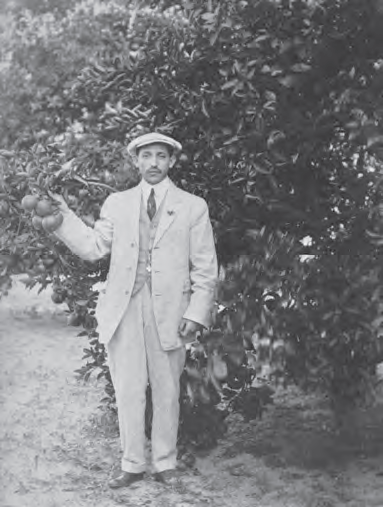
Harry Kanner shows off his orange grove crop, 1910.
Harry was typical of Jews who came from eastern Europe and were eager to work the land. Even though he was a downtown merchant, he was also involved in citrus groves. Harry and his wife Rachel took an active role in the civic and religious life of Orlando, especially in the formation of Congregation Ohev Shalom. The meeting to organize the congregation was held in their home in 1918, and Harry served as president in 1928.
Collections of the Jewish Museum of Florida-FIU originated by Marcia Jo Zerivitz, LHD, Founding Executive Director
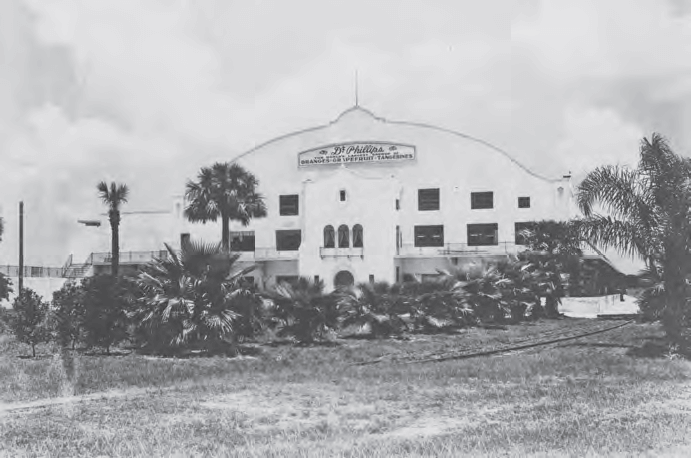
Located in what is now the Dr. Philip Phillips area of Orlando, near Big Sand Lake, this citrus packinghouse was a central part of the Phillips citrus empire, 1940s.
Dr. Phillips purchased a grove in 1894, but within a year his new holdings were wiped out in a devastating freeze. In 1897, he began again to amass grove land. As his business grew, he built housing, a US post office, and even a cemetery for his employees. In the 1950s, recognizing that proper local health care for black citizens was almost nonexistent, Dr. Phillips helped establish the Dr. Phillips Memorial Hospital. His son Howard was also dedicated to this project and encouraged two black doctors to relocate to Orlando to establish their practice.
Collections of the Historical Society of Central Florida, Inc.
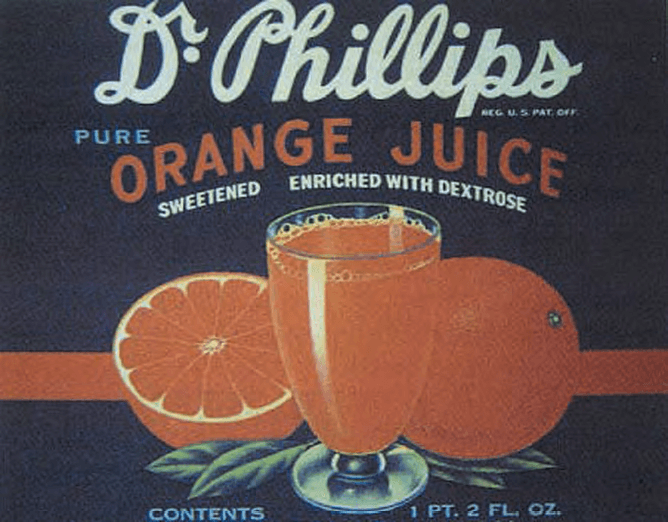
The Doc Knows, c. 1937.
Dr. Philip Phillips introduced pasteurized citrus juices to the industry. His patented innovation called “flash” pasteurization was the first to successfully can juice without the metallic taste, a hallmark of earlier canning processes. His company was the first to market its citrus nationally and the first to secure certification from the American Medical Association to advertise the health benefits of its juice products. Dr. Phillips also used the airstrip on his property to conduct the first aerial spraying of citrus. He achieved great success with promotional films utilizing what was then the new stunning Technicolor.
Collections of the Jewish Museum of Florida-FIU originated by Marcia Jo Zerivitz, LHD, Founding Executive Director
Head em’ up! Move em’ out!! c. 1938.
With extensive citrus holdings, the Dr. P. Phillips Company also had a fleet of trucks to nationally deliver fresh citrus fruit, canned citrus fruit sections and pasteurized citrus juice. He established a fertilizer manufacturing plant and the citrus juice and sectionizing plants were located at Princeton Street and Orange Avenue. The accomplishments of Dr. Philip Phillips were recognized in 1986 when he was inducted into the Florida Citrus Hall of Fame.
Collections of the Historical Society of Central Florida, Inc.
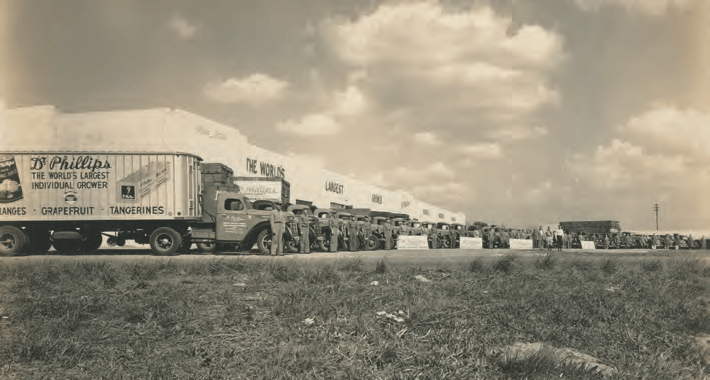
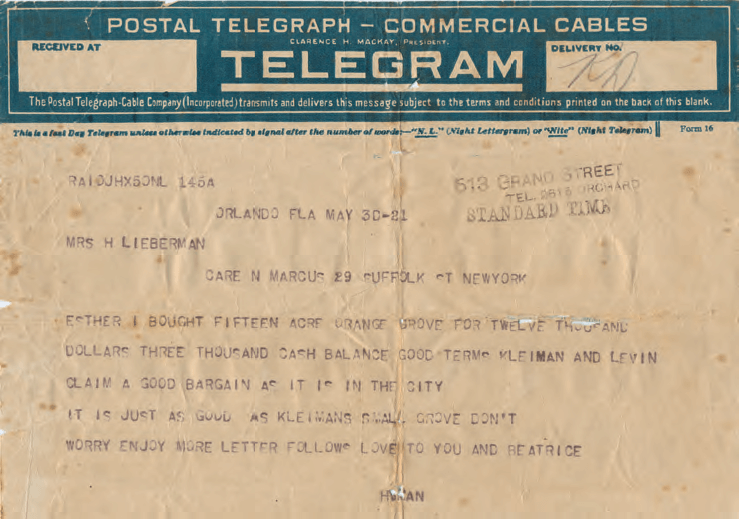
Honey, I Bought A Grove!! 1921.
With this telegram, Hyman Lieberman announced to his wife Esther, still living in New York, that he just purchased a 15-acre citrus grove for $12,000 with a $3,000 down payment. Like many, the Lieberman family moved to Florida and invested in citrus groves. The land boom was on.
Collections of the Jewish Museum of Florida- FIU originated by Marcia Jo Zerivitz, LHD, Founding Executive Director
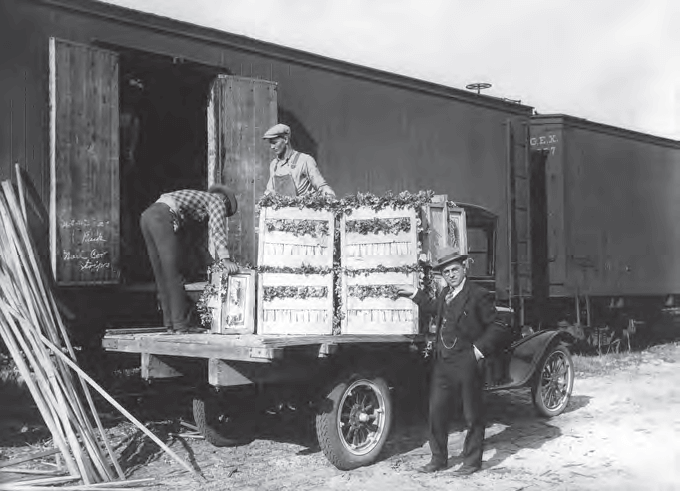
Morris Moses inspects a shipment of celery heading north, 1926.
Sanford was a major area for the production of produce. Several Jewish growers, packers, shippers and brokers, like Morris Moses of Moses and Son, were actively involved. Today, the production of vegetables in the Sanford area is almost nonexistent.
Collections of the Jewish Museum of Florida-FIU originated by Marcia Jo Zerivitz, LHD, Founding Executive Director
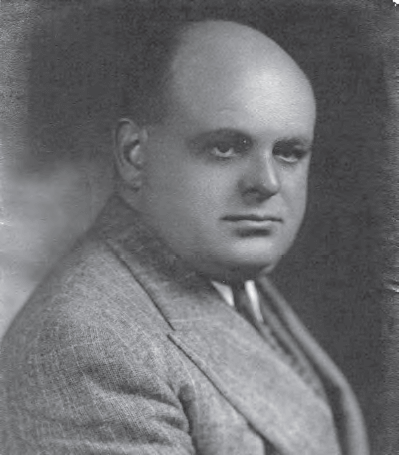
Julius Dingfelder came to America in 1922 and was a produce merchant and a religious leader, 1945.
His uncles were in the produce business in New York, where he too became involved in the family business, C. I. & M. Dingfelder, Inc. At his uncle’s request, Julius, his wife Gertrude and their two children Simon and Margaret [Corey] relocated to Plant City, FL. Julius was responsible for the purchase and shipping of strawberries to the northern market. Shortly after that, they moved to Sanford where he became involved in growing, buying and shipping celery. Julius was actively involved in his community, including the Jewish community. He was the spiritual leader for Congregation Beth Israel in Sanford.
Collections of the Jewish Museum of Florida-FIU originated by Marcia Jo Zerivitz, LHD, Founding Executive Director
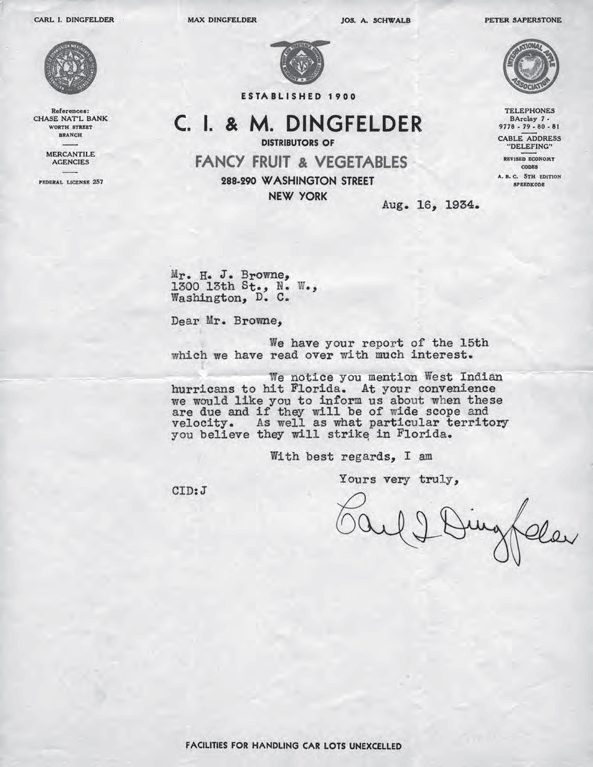
Weather was the big unknown in the industry, 1934.
Because weather had such an impact on agriculture, it was important for growers, packers, shippers and brokers to know the future weather outlook. This letter from C. I. & M. Dingfelder Fancy Fruit and Vegetables requests a hurricane forecast to anticipate possible disruptions in their business.
Collections of the Jewish Museum of Florida-FIU originated by Marcia Jo Zerivitz, LHD, Founding Executive Director
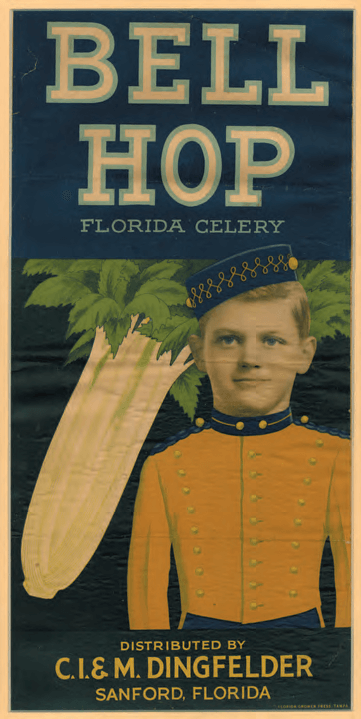
C. I. & M. Dingfelder Company celery crate label, 1935.
Distinctive crate labels were an important method of product identification and marketing in the produce industry. Many crate labels are collectors’ items today.
Collections of the Jewish Museum of Florida-FIU originated by Marcia Jo Zerivitz, LHD, Founding Executive Director
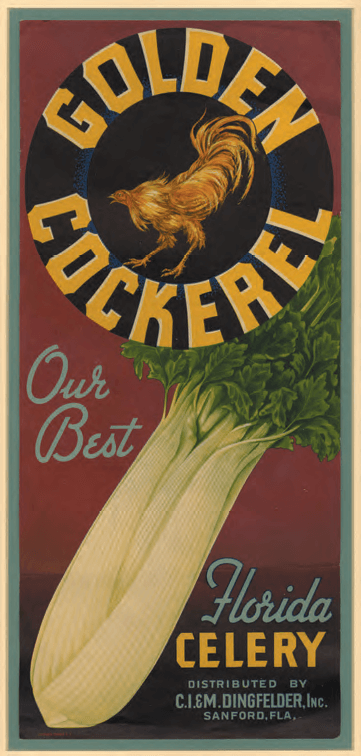
When celery was supreme, Sanford was thecelery capital of the world, 1935.
The C. I. & M. Dingfelder Company was an important participant. They shipped thousands of crates of celery to northern markets each year. The Golden Cockerel label was their top-of-the-line product.
Collections of the Jewish Museum of Florida-FIU originated by Marcia Jo Zerivitz, LHD, Founding Executive Director
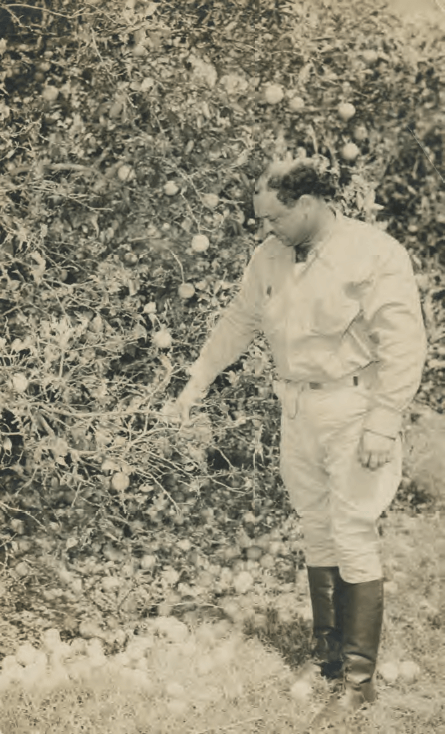
Following the coldest temperature since 1899, prominent citrus grower Albert Morrell inspects a freeze-damaged tree, 1941.
Arriving in Florida in 1935, Albert Morrell began a new career in citrus production. He attended citrus classes at the University of Florida and numerous citrus production seminars. He became a charter member of the Florida Citrus Growers Organization, a lifelong member of the Florida State Horticultural Society and a consultant. Known globally as aprogressive citriculturist, he traveled to practically all the citrus producing areas of the world. During his lifetime, he owned and managed his own citrus holdings of 550 acres. Morrell died suddenly in 1964, leaving his son Laurence to take over the family business.
Laurence Morrell
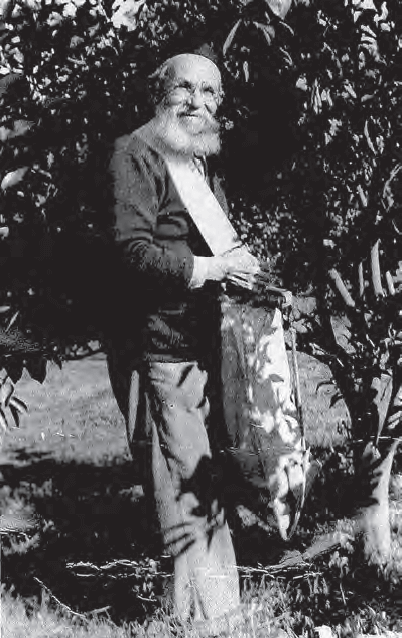
Israel Shader picks his oranges, 1945.
The Shader family farm and grove were near Lake Fairview. Joe Wittenstein reported that Israel and other family members bought property for 25 cents an acre when they arrived in 1912.
Collections of the Jewish Museum of Florida-FIU originated by Marcia Jo Zerivitz, LHD, Founding Executive Director
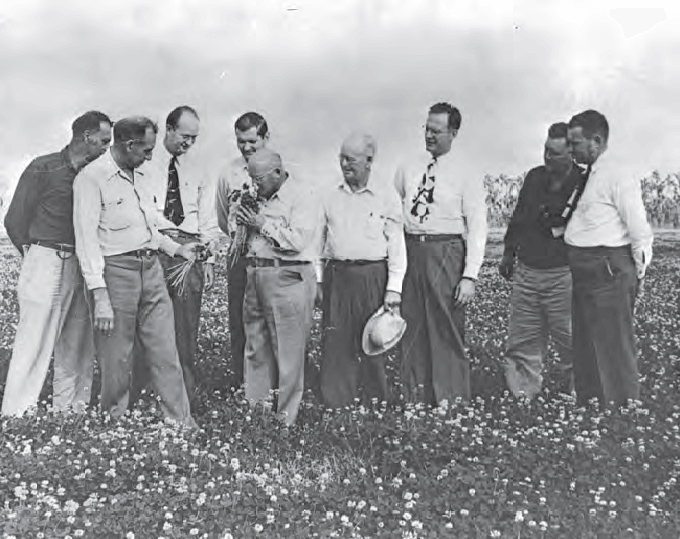
George Terry was an American success story, 1953.
After escaping twice from Siberian concentration camps during WWI, George Terry arrived at Ellis Island in 1920 with $40. The advent of WWII brought him to Florida where he bought 70,000 acres in southeast Orange County to raise cattle. In 1953, using his new idea of seepage irrigation, Terry (4th from left) was the first in Florida to introduce clover as pasture feed for cattle. He built a ranching empire that grew to 100,000 acres, 50,000 head of cattle and also included timber, sod farming, a large citrus grove and even oil wells.
Collections of the Jewish Museum of Florida-FIU originated by Marcia Jo Zerivitz, LHD, Founding Executive Director

Zellwood Fruit Distributors packinghouse employees, 1952.
Ralph Meitin and Myer Shader (back row, 5th and 6th from left) started Zellwood Fruit Distributors (ZFD) in 1943. The company was involved in fruit harvesting, packing and caretaking and was often ranked in the top 10 packinghouses in Florida. In 1954, ZFD became a partial owner in the Winter Garden Citrus Product Cooperative, a citrus juice concentrate plant. In 1963, Julian Meitin joined his father in the business. Then, in 1988, one year before a final devastating freeze, the family sold their share in the Cooperative. Both Ralph and Julian Meitin held leadership positions in many Jewish institutions.
Collections of the Jewish Museum of Florida-FIU originated by Marcia Jo Zerivitz, LHD, Founding Executive Director
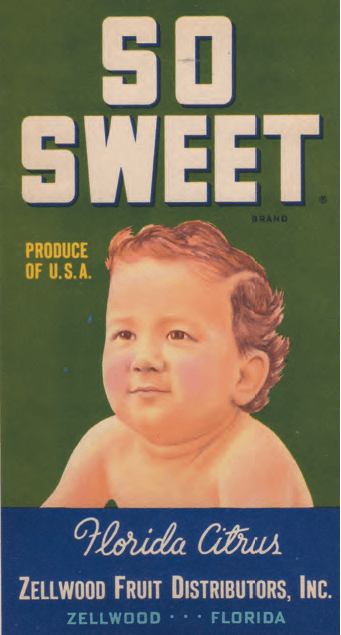
Ralph Meitin’s one-year-old daughter Judy[Toll Cope] was the model for this Zellwood Fruit Distributors’label, 1944.
Each citrus packinghouse had several different box labels. These were used to differentiate between quality standards, citrus fruit variety and market location.
Julian Meitin
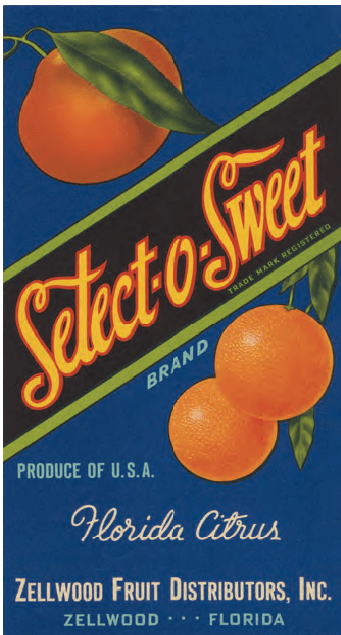
Zellwood Fruit Distributors used various designs to attract buyers at the market, c. 1955.
The design, along with a unique name, made product identification easier. Satisfied buyers would often look for a specific box label when purchasing citrus from Florida. They were familiar with the quality of the product, so why change?
Collections of the Jewish Museum of Florida-FIU originated by Marcia Jo Zerivitz, LHD, Founding Executive Director
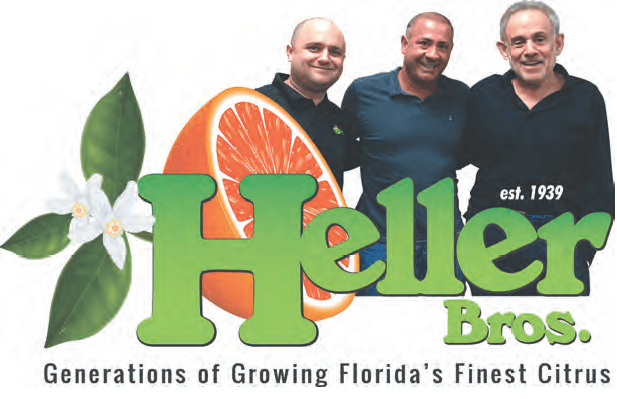
Founded by brothers Isidore and Murray, Heller Bros. Co. continues today under third and fourth generation leadership, 2016.
When Murray moved to Orlando in 1936, Heller Bros. added a citrus operation to their New York produce company that was founded in 1911. Isidore’s son James joined his uncle in Orlando two years later. In 1940, Heller Bros. formed Heller Bros. Packing Co. (HBPC) and they started buying groves to meet packing demands. Isidore’s grandson Harvey joined the Orlando Company after college in 1964. For 83 years, Heller Bros. has been a major force in the citrus industry. HBPC grows and sells ten varieties of Florida citrus. It operates from its original packinghouse in Winter Garden and has other facilities around the state.
L-R: great-grandsons Alex Heller and Harry Heller Falk and grandson Harvey Heller
Harry Falk
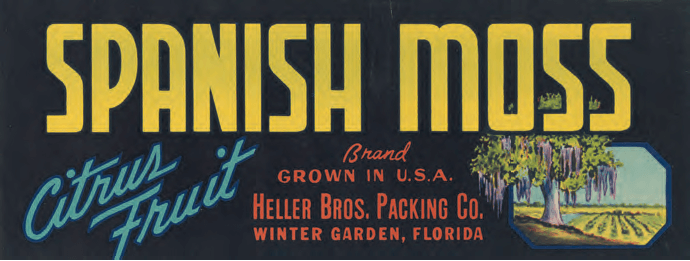 A citrus box label identifies the Heller Bros. Packing Co. (HBPC) in Winter Garden, c. 1945.
A citrus box label identifies the Heller Bros. Packing Co. (HBPC) in Winter Garden, c. 1945.
The oranges are grown, picked, packed and shipped from Florida, then sent all over the world, where the brand is synonymous with quality and freshness. While most of the citrus business has moved further south since the freezes of the 1980s, HBPC has stayed loyal to Central Florida and is still operating here.
Collections of the Jewish Museum of Florida-FIU originated by Marcia Jo Zerivitz, LHD, Founding Executive Director
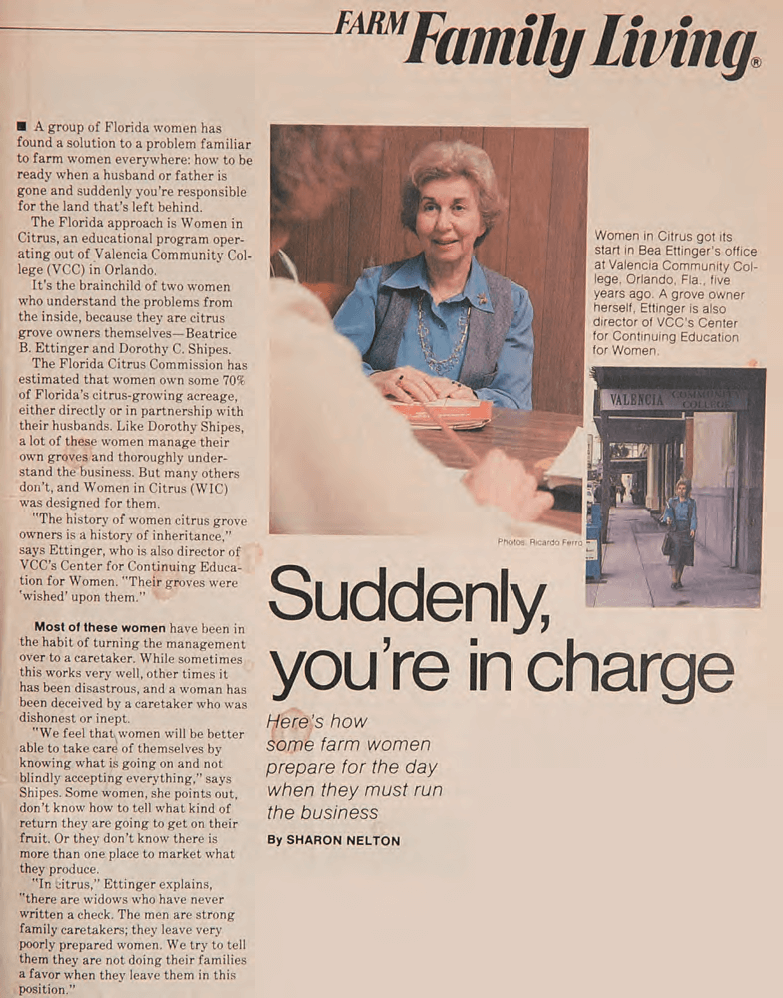
Beatrice Bornstein Ettinger was featured in Farm Journal magazine for developing Women in Citrus, May 1979.
As a citrus grower with her husband Leon, and as director of the Council for Continuing Education for Women at Valencia Community College, Bea created this innovative program to assist women who had inherited groves but knew nothing about the business and what was required to keep it going successfully. Women in Citrus offered two to four non-credit classes a year as well as a support group. Two hundred fifty women participated in the program in its first five years.
Roz Ettinger Fuchs
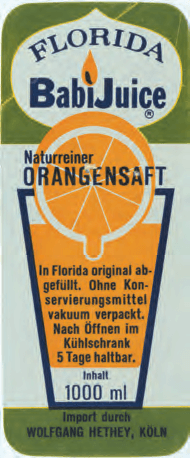
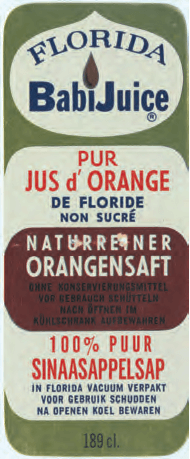
Babijuice is a product from Albertson Citrus Inc, a family business, 1970.
Of the seven siblings in the Albertson family from Boston, Charles came to Orlando. He arrived after WWII and started a fruit packinghouse in the Fairvilla area. A brotherin- law Sidney Brown came in 1946 and led the diversification into juice. The next generation infused their ingenuity when Paul (son of Irving) arrived in 1954. His brother Harvey came in 1956 and Murray’s son David came in 1964. Later, Paul’s son Brian joined. Babijuice and Southern Gold fruit and juice products became recognized throughout North America and Europe during this period. David Albertson continues to be involved in agribusiness.
Collections of the Jewish Museum of Florida-FIU originated by Marcia Jo Zerivitz, LHD, Founding Executive Director
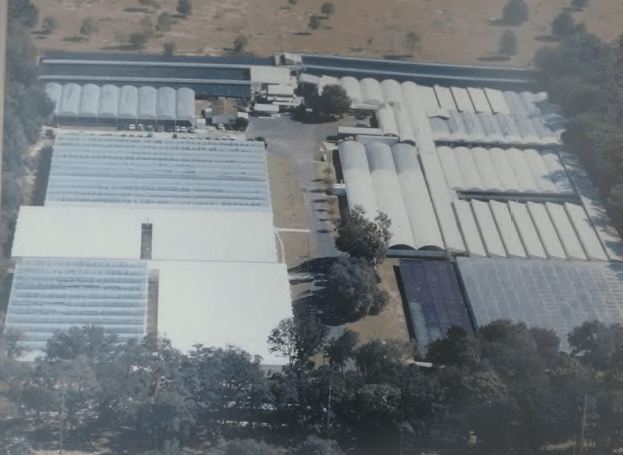
Peckett’s Nursery keeps growing, Apopka, 2016.
Started in 1978 by Chet Peckett with a greenhouse of only 10,000 square feet, this nursery expanded to 750,000 square feet utilizing 50 acres for foliage production. As the former chairman of the Tropical Plant Industry Exhibition, Peckett has been a leader in his industry. He expanded his operation to include a state-of-the-art tissue culture lab for plant propagation. He also introduced new varieties of both holiday cactus plants and peace lily plants. After close to 40 years in foliage, he has divested his foliage business and has ventured into a new area of agribusiness—blueberries.
Chet Peckett Nursery
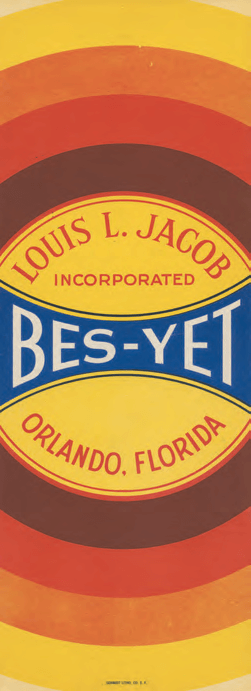 Citrus fruit box label from Louis L. Jacob Incorporated, c. 1935.
Citrus fruit box label from Louis L. Jacob Incorporated, c. 1935.
These box labels were used as brand identification and advertising. He and his family arrived in Orlando in 1935. His citrus packinghouse was located in downtown Orlando. Surprisingly, Lou Jacob was instrumental in the expansion and relocation of the Country Club of Orlando, which, at the time, had a policy that restricted Jews from membership.
Collections of the Jewish Museum of Florida-FIU originated by Marcia Jo Zerivitz, LHD, Founding Executive Director
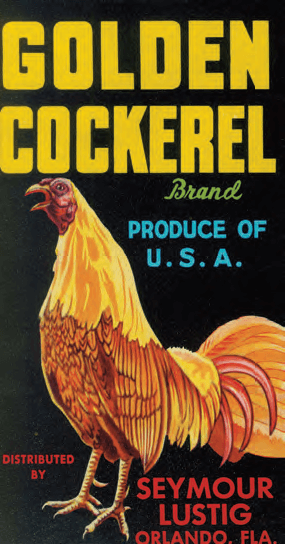 Produce broker SeymourLustig sold fruits and vegetables grown in Florida, 1955.
Produce broker SeymourLustig sold fruits and vegetables grown in Florida, 1955.
Lustig had various packinghouses pack and ship his individual brand of product to northern markets. In this process, he would pay for the cost of purchasing, picking, hauling and packing the finished product. The final sales price was his to keep, less expenses. There were many brokers who worked this way in the Orlando area and several were Jewish.
Roz Ettinger Fuchs
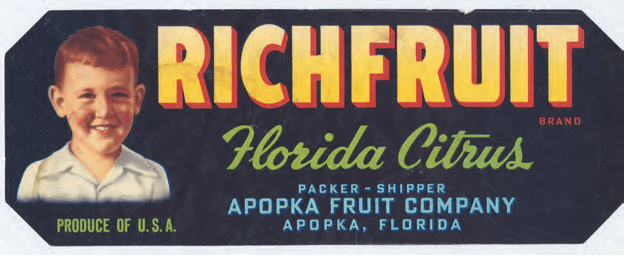
Smiling faces sell citrus fruit, c. 1955.
The smiling face of young Richard Miller adorns the box label of tangerines packed by his father Samuel Miller, owner of the Apopka Fruit Company. Specializing in tangerines, this company was known for its quality of product. The distinctive label was just one of many industry samples where the children of packers were used as models.
Collections of the Jewish Museum of Florida-FIU originated by Marcia Jo Zerivitz, LHD, Founding Executive Director
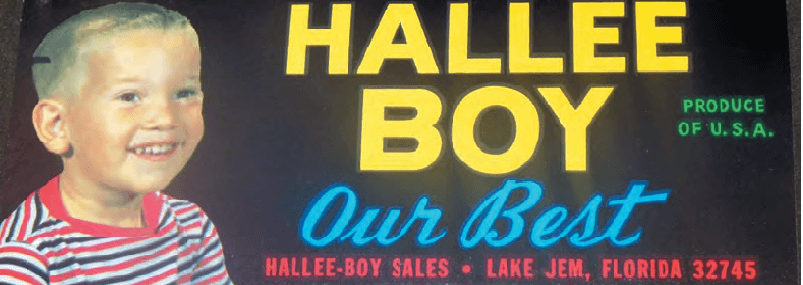
Did he eat his spinach? c. 1965.
Ivan Arost, owner of Hallee Boy Sales of Lake Jem, also knew the marketing appeal of having children’s smiling faces on the label. His son Hal is the child on this label. Prior to starting Hallee Boy, Ivan worked with his brother Harold Arost at Emerald Citrus Packing. Today, Harold’s son Stuart continues as president of that family business.
Collections of the Jewish Museum of Florida-FIU originated by Marcia Jo Zerivitz, LHD, Founding Executive Director
